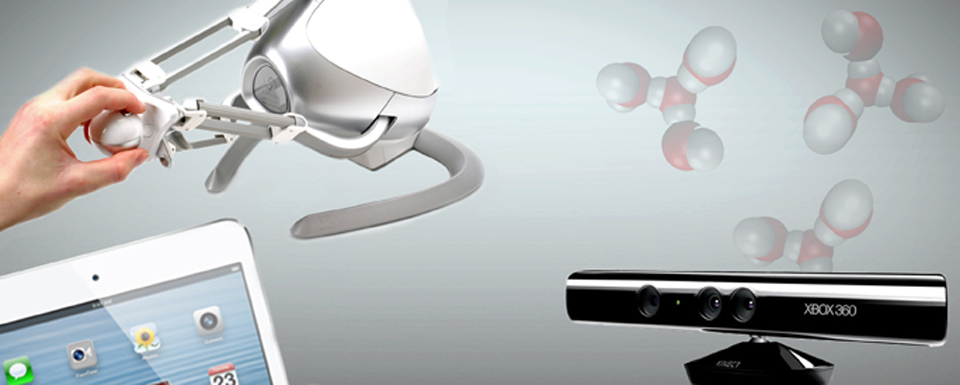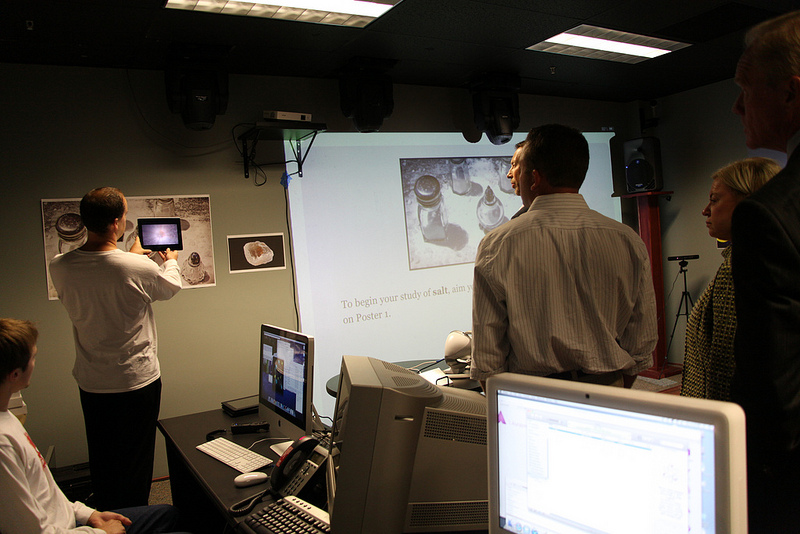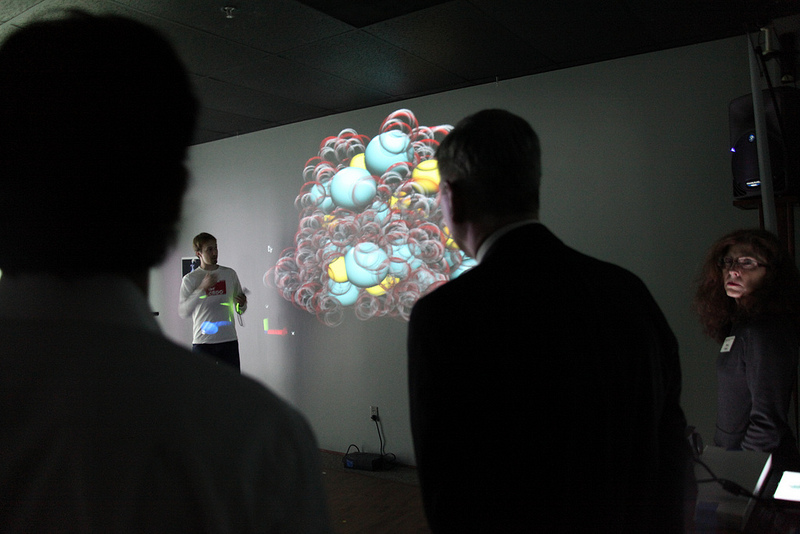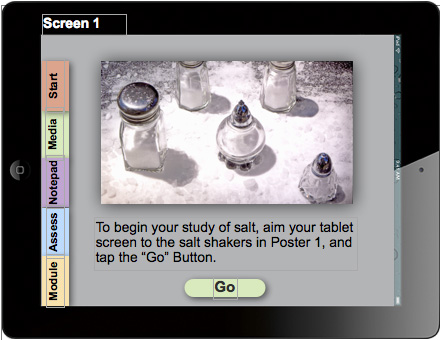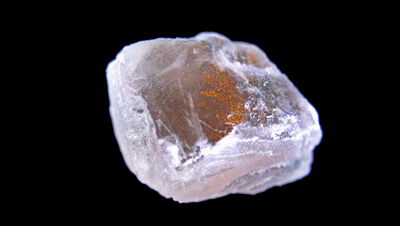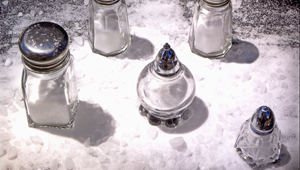
The trigger image for the first animation that comprises the augmented reality environment of iSci
We are in the midst of coding the AppBook for iSci’s first section of Module 1, the section relating to the study of the molecular structure of dry salt. Students using the AppBook for this section are asked to interact with information provided via augmented reality and answer questions and comment about what they learn. Augmented reality is comprised of animations triggered by an image on a poster. Holding an iPad to the trigger image takes a student, first, from salt in salt shakers to a close up view of a salt crystal. A second poster and trigger image takes a student from the crystal to the sodium and chloride molecules that make up the crystal.
Section 2, which we plan to complete by August 15, focuses on wet salt and asks students to interact with the Kinect and Falcon game systems.
Students access the module from a launcher icon on their mobile devices. Tapping on the icon takes students to a welcome page where they will, on their first encounter with the module, access a quick animated tutorial about using the AppBook. Following the tutorial, the screen shifts to the opening page.
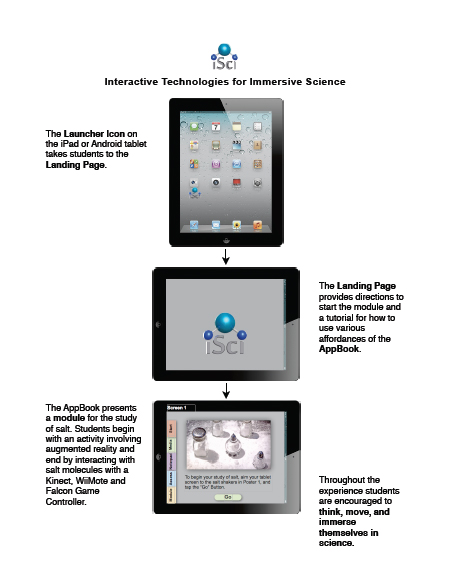
Key to our work is the idea that the module is available for all smart devices, from phones to tablets, without needing to be accessed through Apple’s and Android’s markets. Also key is that we take advantage of the affordances of the medium, particularly multimedia (e.g. video, sound, animation, words, music, 3D models) and the freedom for students, using mobile devices, to move around and engage kinesthetically with information. Features like our “Notes” function allows students to share information with each other and their teacher and, so, enhances participation and engagement. Additionally, the camera feature makes it possible for students to video or photograph themselves interacting with information so that they have a record of the day’s activity once students are home.
We have demos of iSci scheduled for August 1 of the Seattle Metro Chamber Leadership who are visiting Southwest Washington and WSUV and for August 13 of the legislative staffers for Washington State.
My personal goal for the project is to demonstrate that a study of art and the humanities goes hand in hand with STEM and that STEM cannot stand without either of them.
